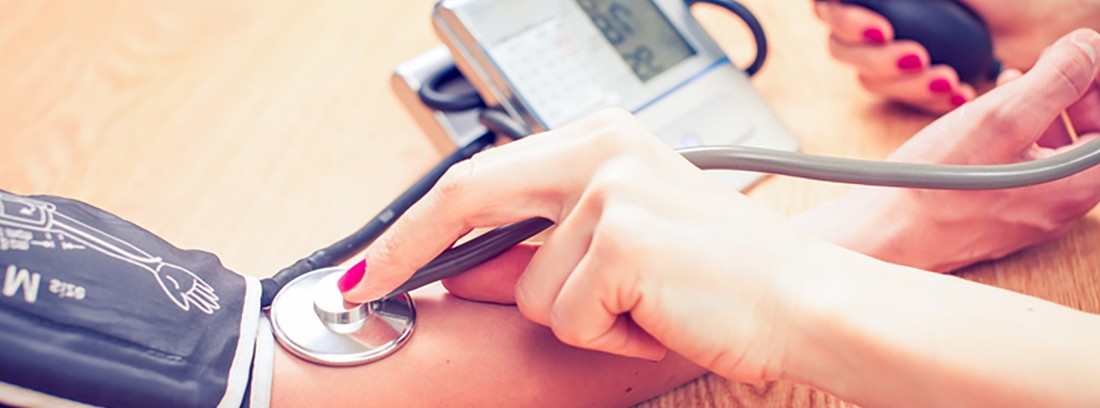Hypotension
 WHAT YOU NEED TO KNOW ...
WHAT YOU NEED TO KNOW ...
- We speak of hypotension when the maximum and minimum pressure are below normal values (between 90 and 120 and between 60 and 80, respectively).
- Having normally low blood pressure is not harmful. On the contrary, it is harmful to have high blood pressure.
- It usually does not need treatment.
Causes
Hypotension can be part of the set of signs and symptoms of several numerous types of diseases. The many causes of low blood pressure include:
- Loss of blood volume and body fluids: dehydration, bleeding, gastroenteritis, etc.
- heart diseases (, myocardial diseases), neurological diseases, drugs (diuretics, analgesics), endocrine diseases (Addison's disease), alcohol, drugs, serious infections (, septic shock), etc.
WHAT ABOUT POSTURAL HYPOTENSION?
Hypotension can appear in isolation and in relation to postural changes. This benign and frequent form is called or postural. It is defined as the drop in systolic blood pressure between 10 and 20 mmHg when going from lying to standing abruptly in a short space of time (one minute). This is due to the fact that the physiological mechanisms that maintain blood pressure do not act adequately, which is why there is a drop in blood pressure that is not recovered when we stand up, generally producing a feeling of dizziness and instability. It can affect any age but tends to increase in older people.
Consequences
The fact of having "habitually low blood pressure", which occurs in a large group of the population, has no consequences, what is more, what is harmful and damaging is having high blood pressure.
Athletes, people who exercise regularly, people of an appropriate weight, and non-smokers tend to have lower blood pressure than everyone else.
Regarding orthostatic or postural hypotension, it has no repercussions, except that due to the sensation of instability that it causes, it is frequent that, especially in the elderly, the frequency of falls increases with the implications and consequences that may occur in the elderly advanced.
Hypotension secondary to serious diseases has important consequences because there is not a sufficient supply of blood flow to certain organs that are very sensitive to the decrease in blood pressure, such as the kidney or the brain.
Symptoms
Generally the main symptoms of hypotension are feeling dizzy or lightheaded. The rapid drop in blood pressure can lead to loss of consciousness (syncope).
In secondary hypotension, symptoms will appear in addition to the disease causing the hypotension.
Diagnosis
In the case of postural hypotension, the diagnosis is clinical, that is, through the appearance of typical symptoms when getting up or with certain movements or postural changes.
In the case of hypotension secondary to certain diseases, the diagnosis is based on the measurement of blood pressure, and abnormally low figures are found.
Treatment and prevention
Hypotension does not normally need treatment, although it does require medical assistance on occasion, depending on the symptoms.
In hypotension secondary to other diseases, the treatment is that of the underlying disease.
If it is an orthostatic hypotension caused by the administration of drugs, it is advisable to review all the medications that the patient takes and remove those that may be causing an excessive decrease in blood pressure.
In situations in which a significant loss of fluids is expected, that is, dehydration due to intense physical exercise, gastroenteritis, high fever, etc., prevention is based on drinking plenty of fluids to avoid lowering blood pressure.
In cases of postural orthostatic hypotension, it is advisable to get up slowly and never abruptly, both from the bed and from any seat. Adequate water intake is important.
RELATED TOPICS:
(Updated at Apr 13 / 2024)